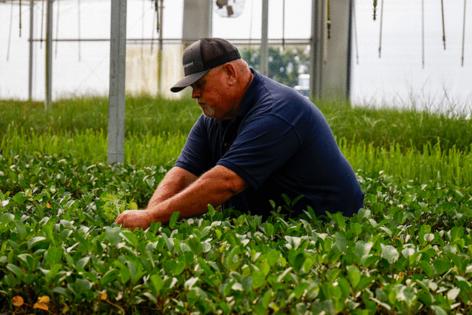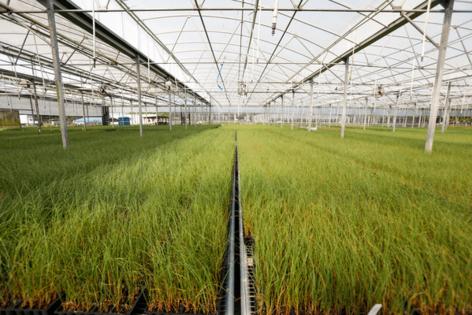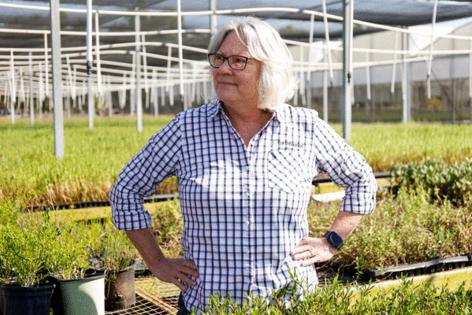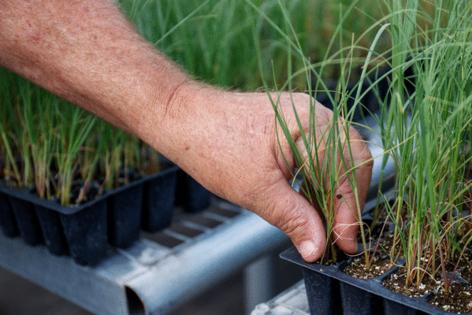The key to Florida beaches' hurricane recovery: the humble sea oat
Published in Science & Technology News
ARCADIA, Fla. — From eye level, the wisps of green emerging from sand dunes up and down Pinellas County’s barrier islands look sparse, stubby, almost tentative as they peek at the sun. Below the surface, though, they are spreading out, trapping sand in place and acting as a sort of skeleton for a whole ecosystem.
These are young sea oats, unassuming plants that allow our beaches as we know them to exist. They stabilize the dunes, which are both a critical habitat and a buffer protecting the human-made environment from storms. Without sea oats and other beach plants stabilizing it, a dune isn’t much more than a big pile of sand, doomed to time and tide.
Over the past six months, 523,520 of these plants have been nestled into Pinellas sand, with 80,000 more to come, part of a massive restoration of a coastline brutalized by Hurricane Idalia last fall and again by a December storm.
The commercial market for sea oats is driven by beach restoration, and the Pinellas project, combined with others on storm-battered beaches around the state, has created an unprecedented demand for sea oats, one so great that Pinellas put planting on hold earlier this year: It had depleted its available supply.
EarthBalance, an environmental restoration company based in North Port, took its first dune-planting job at Myrtle Beach, South Carolina, in 1998. Today, it’s the major supplier of such plants in the southeast. When Pinellas came calling, EarthBalance agreed to dedicate its entire available stock to the dune project. It had to grow more to meet demand.
“We’ve planted a lot of beaches in our day,” said Sarah Laroque, its president and CEO, who has worked for EarthBalance for three decades. “We’ve never seen this much demand.”
Sea oats can grow in the wild, sure, but beaches like those in Pinellas aren’t natural. Barrier islands are shape-shifters, moving constantly based on storms and erosion. When humans built roads and condos and surf shops and WaveRunner rentals on them, they established a way of life that would be threatened if nature were allowed to take its course.
It’s for that reason that most sea oats planted in Pinellas — and all over Florida’s beaches, and the South Carolina shore, and Texas’ gulf coast — come from one place. And to see where they begin, you have to get pretty far from the beach.
A sea of oats
Head south, across the Sunshine Skyway bridge and into Manatee County, until you hit State Road 70. Take it east, into Florida’s interior. Cattle and citrus country. The beach is an hour and change behind but feels farther away. Before long you’ll hit Arcadia, population 7,500 or so, the DeSoto County seat. Pass the feed and hardware store advertising custom-made ranch entryway signs, pass the western wear shop with the rodeo mural and turn right.
...continued
©2024 Tampa Bay Times. Visit tampabay.com. Distributed by Tribune Content Agency, LLC.














Comments